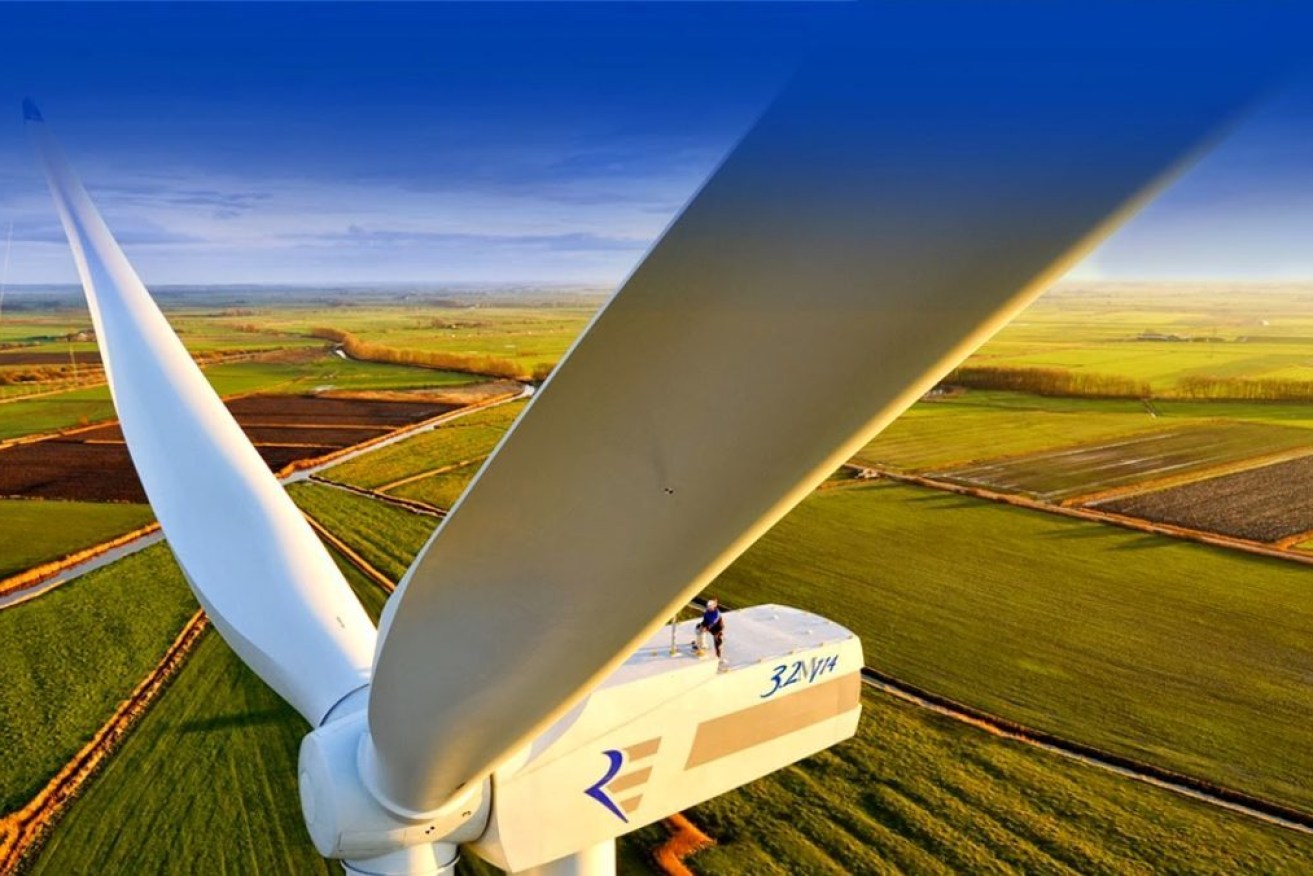How 1 million jobs and a big population shift will follow renewable energy north
Up to 1.3 million workers would be needed for Australia to reach net zero emissions, with the pace of economic change to be unprecedented, according to a report involving the University of Queensland.


CleanCo has called for 3GW of renewable energy (file photo)
The report came as the State Government gave approval to the $2.6 billion Mt James wind farm in north Queensland and Origin Energy announced plans for a medium-term target consistent with the goals of the Paris Agreement to reduce its emissions intensity by 40 per cent by 2030, from a FY2019 baseline.
The Mt James wind farm, which would generate enough power for 640,000 homes a year, would have up to 166 turbines and will create 300 jobs during construction.
“Projects like this help to propel Queensland towards becoming a renewable energy powerhouse,” Deputy Premier Steven Miles said.
“We’re seeing significant investment in renewable projects like the Mt James wind farm across the state because companies are attracted to Queensland. They know we have the drive and policy approach to deliver renewable energy projects to create jobs.”
The project was approved by the State Planner on 18 July, 2022 and is now subject to EPBC approval from the Federal Government.
But the report from the Net Zero Project, involving UQ, the University of Melbourne, Princeton and Nous Group found that Australia would need a significant economic overhaul to achieve net zero.
There would also significant implications for Queensland with the report suggesting there would be a major population shift to northern Australia as the jobs grow. That in turn would mean significant issues for communities in the region and First Nations people.
“The interim modelling shows that the scale and pace of what we need to build is unprecedented,” UQ project director associate professor Simon Grant said.
“If we keep building the way we have done, it is likely we will go too slowly towards a net zero future. We need to think differently about the required infrastructure and technology.
“From these results we can see huge benefits on the horizon, including employment and a future where domestic energy will be less prone to price shocks.”
The report said current crude oil and LNG spot prices were comparable to its projected clean energy export costs and the international demand for our clean energy “could be substantial”.
Significantly, the report’s mapping of where it expected the major hubs for solar and wind generation by 2050 to be were in Queensland, the Northern Territory and Western Australia.
“Most of (1.3 million jobs) will be in growing exports across northern Australia which would experience significant population growth,” it said.
The report said decarbonising the economy would need much higher investment than continuing to use fossil fuels, but the cost of inaction would be substantial.
Significantly, the report claims that carbon capture and storage would play and important role and unprecedented levels of investment in energy would be needed.
It also claimed that clean energy exports could replace Australia’s current fossil fuel exports.
“Large changes in land and sea use will occur and will need careful planning and community engagement,” the report said.
The report also envisages that Australia could do the processing of its minerals rather than exporting them and do so using clean energy.
“Green hydrogen from solar is projected to be the largest clean energy export. Hydrogen from wind will also contribute,” it said.
Blue hydrogen, which is created with the use of fossil fuels, would also contribute a substantial share if the rate of renewable development is limited. It would need to be used with carbon capture and storage which buries the CO2 underground.












